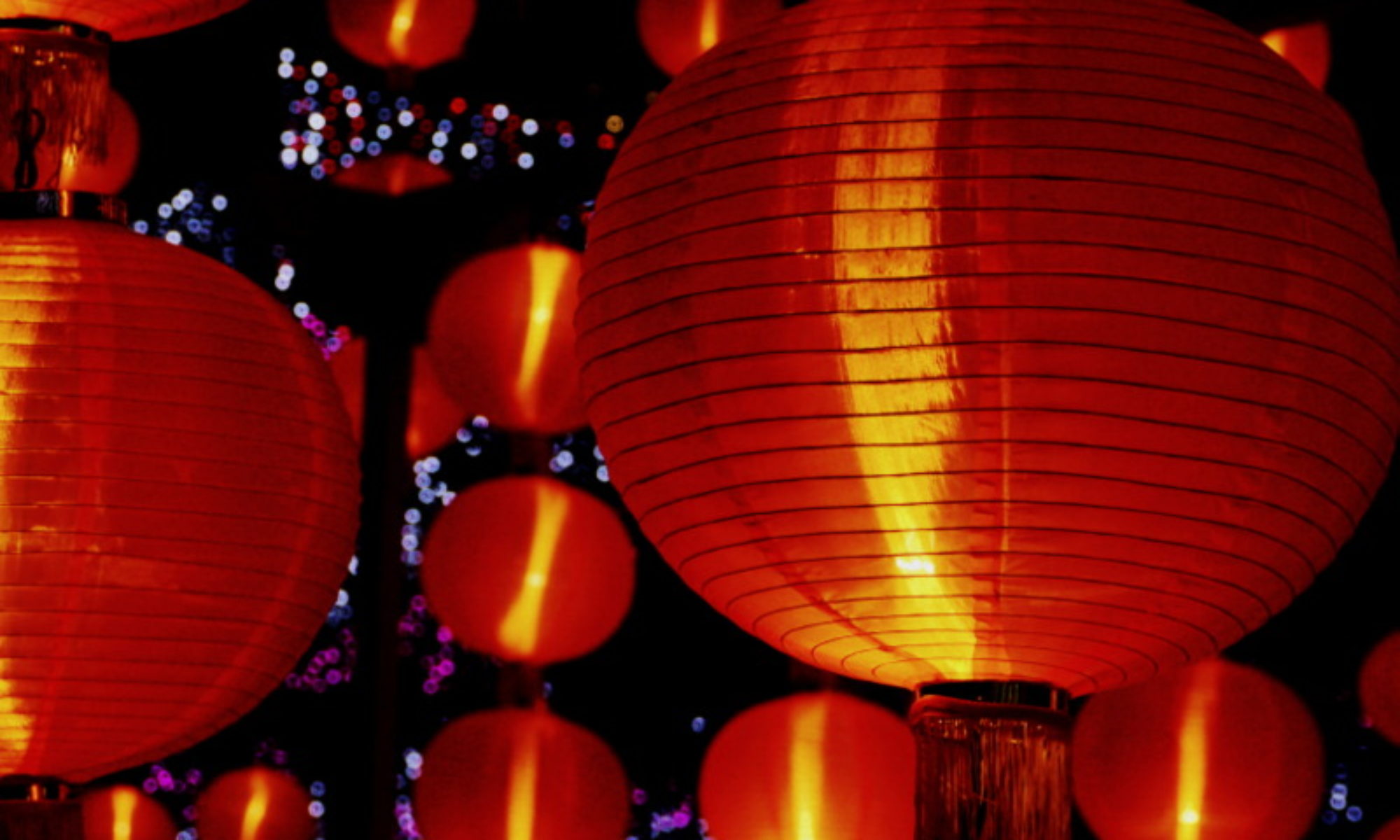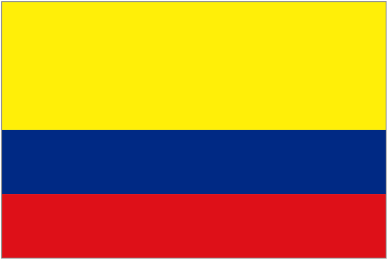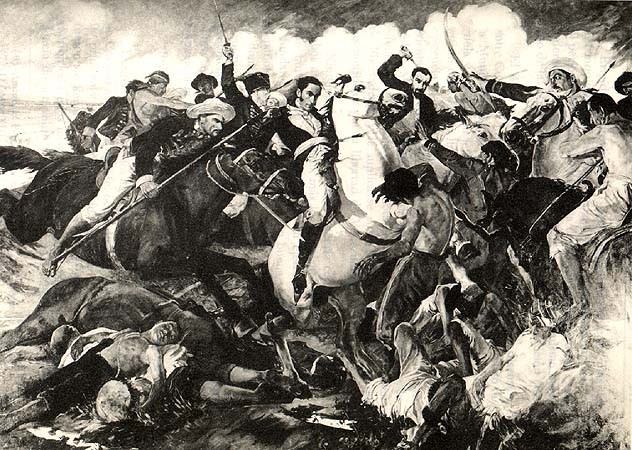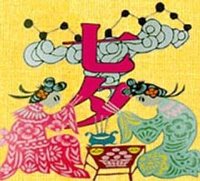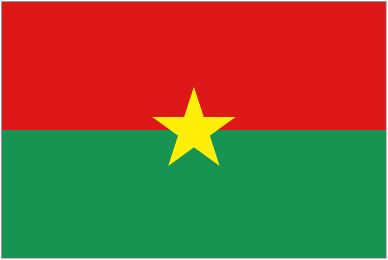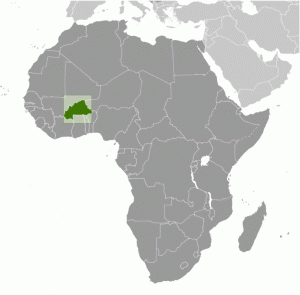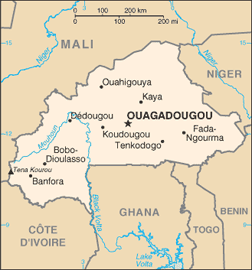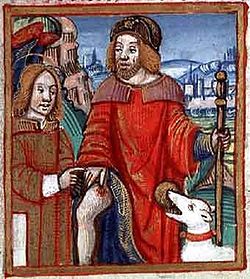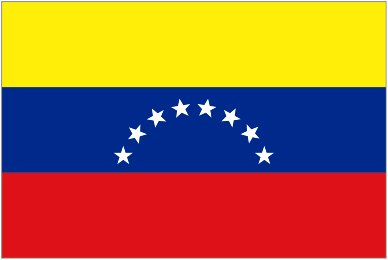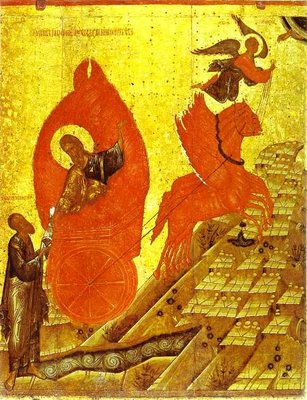August 8

Today is Farmer’s Day in Tanzania. Held on the eighth day of the eighth month, Nane Nane literally means, you guessed it, “eight-eight.”
Used to be the big holiday in Tanzania was Saba Saba (“seven-seven”) on July 7th, a holiday that commemorated the creation of the Tanganyika African National Union (TANU) party by Julius Nyerere on July 7, 1954. Nyerere and TANU were instrumental in leading the country to independence in 1961 and in keeping the nation relatively peaceful and stable during its formative years.

When Tanzania became a multi-party state in the 1990s, other political parties challenged the fairness of a national holiday that promoted one party over another. Instead, Nane Nane–honoring the nation’s farmers–was promoted as a national holiday. The International Trade Fair takes place in Dar es Salaam from August 1st to August 8th.
Of course old traditions die hard. In 1994 employees refused to go to work on Saba Saba, citing government calendars which still marked July 7 as a holiday. Finally…
…a compromise position was reached that a single celebration would be held in the capital of Dar es Salaam on Saba Saba Day, but that the rest of the country would hold Nane Nane celebrations.”
Performing the Nation: Swahili Music and Cultural Politics in Tanzania, by Kelly Michelle Askew
Despite the political move, both are still celebrated these days by the people of Dar es Saleem, though Nane Nane may have finally surpassed its predecessor in popularity.
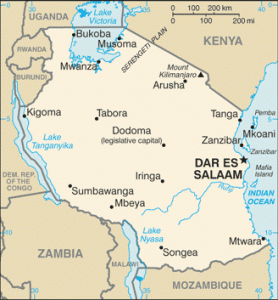
While the populace celebrates the nation’s farmers in Dar es Salaam, politicians and activists in the capital city of Dodoma note that Tanzania is in the middle of food crisis. Food prices have gone up 83 percent over the last three years, while wheat prices have near nearly tripled. 80% of the country’s workforce are employed in agricultural, a field that has endured a roller coaster ride of changes over the last century, first under German and British occupation, then as an independent state adjusting to a changing global marketplace.
